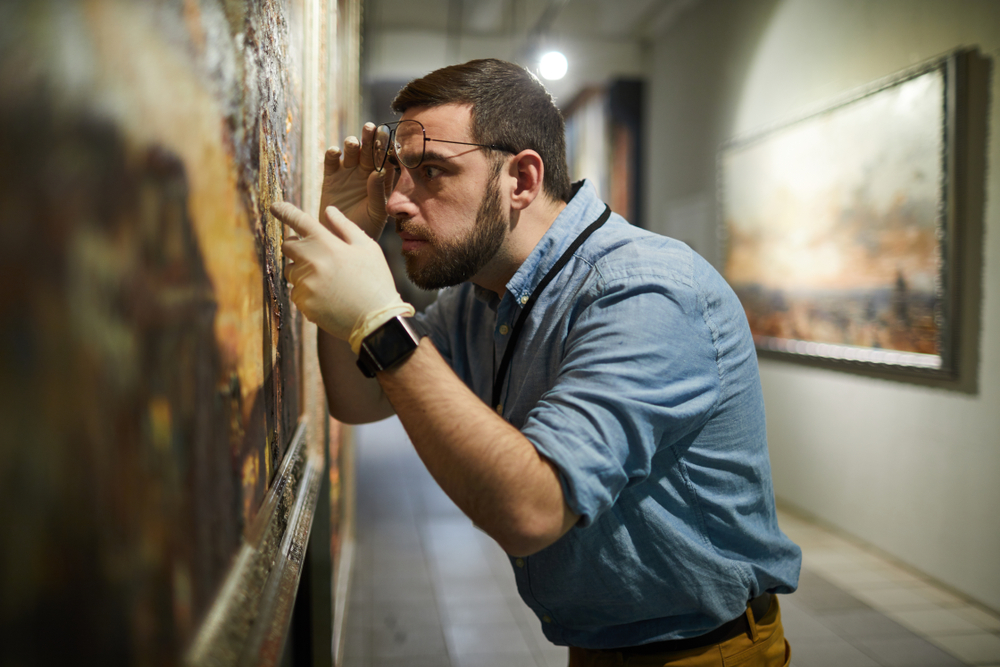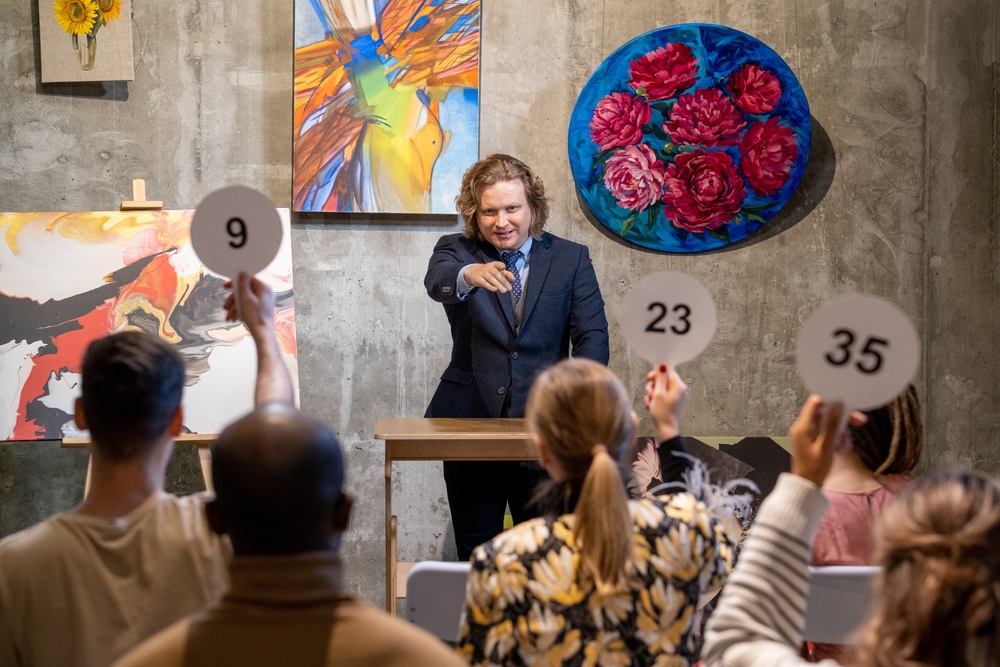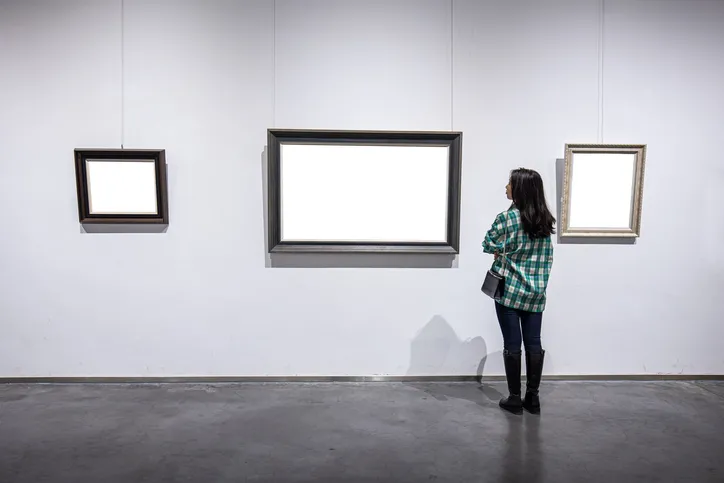Art forgery has been an intriguing subject for centuries, captivating the art world with tales of deception and remarkable craftsmanship. From the skilled hands of forgers come pieces so convincing that even experts have been fooled. These notorious forgeries have not only tricked collectors and museums but have also fetched jaw-dropping prices, leaving a lasting impact on the art world. Join me as we dive into ten famous art forgeries that not only fooled the world but also sold for staggering amounts.
1. The Brilliant Fake Vermeer

Imagine a painting so exquisite that it could be mistaken for a long-lost masterpiece by Johannes Vermeer, one of the greatest Dutch painters. Han van Meegeren was the mastermind behind several fake Vermeer paintings, and his works were so convincing that they even ended up in the collection of Nazi leader Hermann Göring. According to the BBC, van Meegeren’s forgeries were sold for millions of dollars, with one piece alone estimated to have fetched the equivalent of $60 million today. The allure of owning a Vermeer was so strong that buyers completely overlooked the inconsistencies in style and technique, securing van Meegeren’s place in history as one of the most successful forgers.
What made van Meegeren’s work so believable was his meticulous attention to detail and his ability to replicate Vermeer’s unique use of light and color. He even went as far as using 17th-century materials to ensure authenticity. When the forgeries were finally exposed, van Meegeren’s trial became a sensational story, highlighting both his brilliance and the vulnerabilities in art authentication. The legacy of these forgeries continues to be a fascinating chapter in art history, reminding us of the fine line between genius and deception.
2. The Mysterious Masterpiece of Elmyr de Hory

Elmyr de Hory was a Hungarian artist whose forgeries have duped galleries and collectors worldwide. Specializing in mimicking the styles of famous artists like Picasso, Matisse, and Modigliani, de Hory’s works were so prolific that they reportedly filled the walls of some of the most prestigious institutions. Accordinng to BigThink, his pieces are estimated to have sold for millions, contributing significantly to the art market’s inflated values during his time. The authenticity of many paintings from this era is still questioned, thanks to de Hory’s unmatched ability to emulate the styles of his targets so convincingly.
Despite his eventual exposure, de Hory never spent a day in prison for his forgeries, as authorities were unable to definitively link him to fake paintings. His life and works became the subject of books and documentaries, including Orson Welles’ film “F for Fake,” which further cemented his legacy as a master forger. Interestingly, de Hory’s notoriety has added value to his forgeries, making them sought-after pieces in their own right. His story highlights the blurred lines between fraudulent art and the allure of a well-told tale of deception.
3. The Infamous “Three Graces” by Tom Keating

Tom Keating was an English painter who became famous for his extraordinary forgeries, one of the most notable being “The Three Graces,” originally attributed to 18th-century artist Sir Joshua Reynolds. For over a decade, Keating’s fakes were successfully sold, earning him a comfortable living while simultaneously undermining the art establishment he held in disdain. Keating’s motive was not just financial gain; he was also driven by a desire to expose the art world’s hypocrisy. His forgeries eventually fetched millions, with unsuspecting collectors purchasing them as genuine works.
According to The Guardian, Keating used clever techniques to ensure his deception, such as incorporating tiny clues or “time bombs” in his works that would reveal their true nature over time. When his forgery empire was finally uncovered, Keating’s trial drew widespread attention, and he became something of a folk hero, admired for his audacity and skill. His legacy continues to spark debate about the value we place on authenticity and originality in the art world. Keating’s story is a testament to the complexity of the art market, where even the most discerning eyes can be fooled.
4. The Notorious Beltracchi Scandal

Wolfgang Beltracchi, a German art forger, made headlines when it was discovered that he had been creating and selling fake paintings for decades. His forgeries were so convincing that they fooled even the most experienced experts, leading to their sale for a combined total of over $45 million. Beltracchi’s ability to imitate the styles of various artists such as Max Ernst and Heinrich Campendonk was unmatched, allowing him to create “newly discovered” works that collectors eagerly snapped up. The exposure of his operation sent shockwaves through the art world, highlighting significant flaws in the authentication process.
What set Beltracchi apart was his thorough research of the artists he imitated, allowing him to convincingly fill supposed gaps in their catalogues. He even went as far as using period-appropriate materials and techniques to ensure his forgeries would pass scrutiny. When the truth came to light, Beltracchi’s trial became a media sensation, and he was sentenced to six years in prison. Despite his criminal activities, Beltracchi’s forgeries have since gained a certain notoriety and continue to be discussed in art circles, further complicating the discourse around art, authenticity, and value.
5. The Astonishing Rise of John Myatt

John Myatt’s story is one of both criminal activity and redemption. Originally a struggling artist, Myatt found a lucrative, albeit illegal, niche in creating fake paintings styled after famous artists like Monet and Picasso. Working with a partner, Myatt’s forgeries were so well-crafted that they were sold for over $2.5 million before the operation was uncovered. Myatt’s exposure was a shock to the art world, raising questions about the reliability of art authentication methods and the expertise of those tasked with vetting collections.
After serving time for his crimes, Myatt turned his life around by legitimately selling “genuine fakes,” openly acknowledged as homages to the original artists. His work is now celebrated for its craftsmanship and serves as a fascinating case study in the complex issues surrounding art attribution and authenticity. Myatt’s story is one of transformation and forgiveness, illustrating the potential for change even after significant wrongdoing. Today, his openly declared replicas have found a market of their own, adding a new dimension to discussions on art, originality, and value.
6. The Deceptive Talents of Eric Hebborn

Eric Hebborn was a British artist known for his remarkable ability to create convincing forgeries in the style of old masters. Unlike many forgers who focused on a specific artist, Hebborn’s work spanned a wide range of styles, from Renaissance drawings to 19th-century paintings. His pieces were so authentic-looking that they infiltrated numerous prestigious collections, fetching substantial sums before his deception was revealed. Hebborn’s success as a forger was partly due to his deep understanding of art history and technique, which he used to exploit gaps in artist catalogues.
Hebborn openly criticized the art world, pointing out its vulnerabilities and the ease with which experts could be fooled. In a twist of irony, he even published a book titled “Drawn to Trouble,” detailing his methods and philosophies on art forgery. After his eventual exposure, Hebborn’s life ended under mysterious circumstances, leading to speculation and further intrigue surrounding his story. His legacy continues to provoke debate on the authenticity and valuation of art, demonstrating the enduring impact of master forgers on the art world.
7. The Enigmatic Works of Mark Landis

Mark Landis is a forger with a unique approach, as he never sold his fake artworks for profit. Instead, Landis, who was diagnosed with schizophrenia, donated his forgeries to various museums, posing as a philanthropist or clergy member. His works, which replicated styles ranging from Picasso to Walt Disney, were accepted as genuine donations and displayed in more than 50 museums across the United States. Despite his lack of monetary motive, Landis’s activities raised significant concerns about the weaknesses in museum verification processes.
What sets Landis apart is his motivation, which stemmed from a desire for attention and acceptance rather than financial gain. His story came to light when a diligent registrar at a museum became suspicious and connected the dots between numerous donations. The revelation led to a broader discussion about the responsibilities of museums in authentication and the fine line between mental health and criminal activity. Landis’s tale is a reminder of the diverse motivations behind forgery and the unique challenges they present to the art world.
8. The Clever Deceptions of Pei-Shen Qian

Pei-Shen Qian was a Chinese artist living in New York who became embroiled in one of the largest art fraud cases in history. Qian’s forgeries imitated the styles of abstract expressionist artists like Mark Rothko and Jackson Pollock, and were sold through the now-infamous Knoedler Gallery. The operation generated over $80 million before the fraud was uncovered, shaking the art world to its core. Qian’s ability to mimic the chaotic, abstract styles of his targets was key to the success of this long-running scheme.
Fleeing to China before authorities could arrest him, Qian’s current whereabouts and activities remain a mystery, adding an additional layer of intrigue to his story. The Knoedler case exposed glaring weaknesses in the art market, particularly the reliance on provenance and expert opinions. Despite the scandal, Qian’s forgeries are now considered important case studies in the ongoing struggle to authenticate artworks accurately. His story serves as a stark reminder of the potential for deception within the art market and the need for continued vigilance.
9. The Unbelievable Story of Ken Perenyi

Ken Perenyi is a self-taught American artist whose forgeries have duped collectors and auction houses alike. Specializing in the styles of 18th and 19th-century British and American painters, Perenyi’s works were sold at prestigious auctions for impressive sums. His ability to create convincing patinas and mimic historical documentation made his forgeries highly successful. Perenyi’s story became public when he revealed his activities in a book, “Caveat Emptor,” after the statute of limitations for prosecution had expired.
Perenyi’s confessions shed light on the techniques used by forgers to exploit the art market’s weaknesses. His story also highlighted the challenges faced by experts in distinguishing genuine works from expertly crafted fakes. Today, Perenyi continues to create art, albeit legally, and his past forgeries have become part of the art world’s complex narrative on authenticity. Perenyi’s tale serves as both a cautionary and intriguing chapter in the history of art forgery.
10. The Scandalous Rise and Fall of John Drewe

John Drewe was a con artist who orchestrated an elaborate scheme involving the creation of fake provenance to sell forged paintings. Collaborating with artist John Myatt, Drewe supplied false documentation to authenticate Myatt’s convincing replicas. The operation resulted in millions of dollars in sales and involved some of the most prestigious art institutions. Drewe’s ability to manipulate the provenance process exposed significant vulnerabilities within the art world’s systems of verification.
Drewe’s downfall came when discrepancies in his records were discovered, leading to a comprehensive investigation and eventual prosecution. His actions not only had financial repercussions but also tarnished the reputations of institutions that had unwittingly accepted the forged works. The case prompted significant changes in how provenance is handled and emphasized the importance of transparency and due diligence in the art market. Drewe’s story remains a critical lesson in the potential for sophisticated deception in the art world.
This article is for informational purposes only and should not be construed as financial advice. Consult a financial professional before making investment or other financial decisions. The author and publisher make no warranties of any kind.








